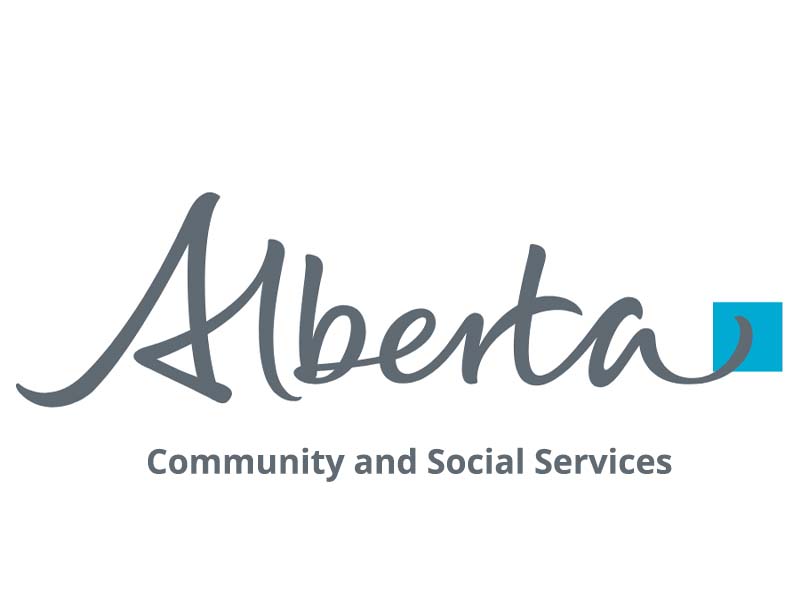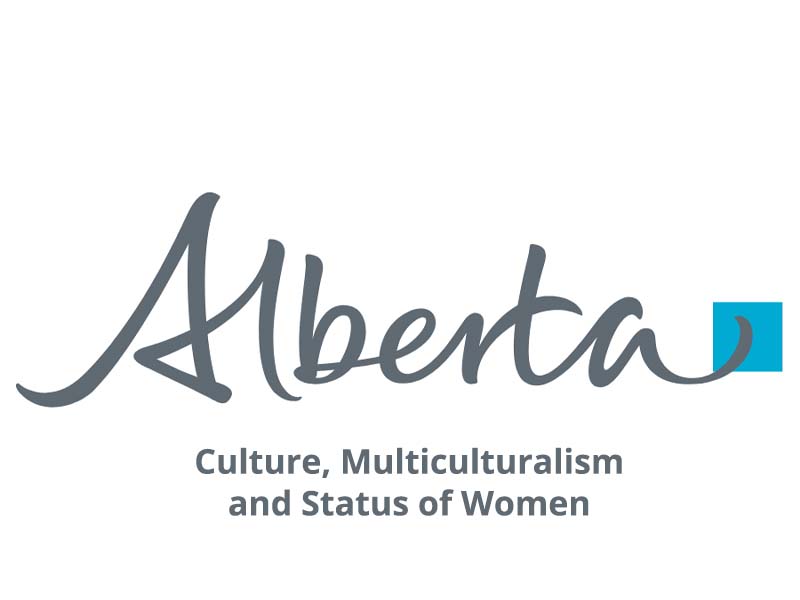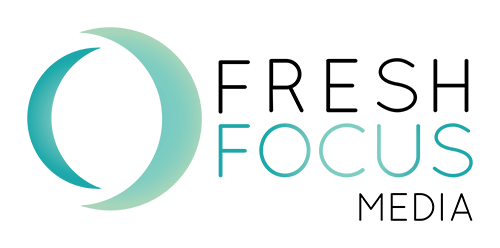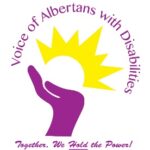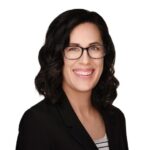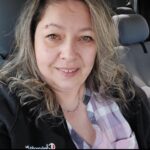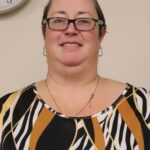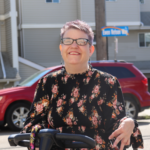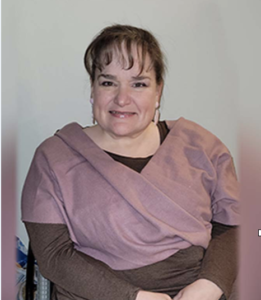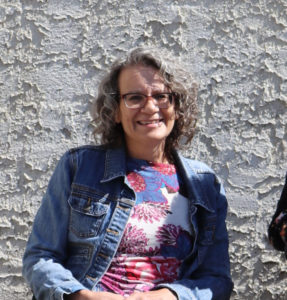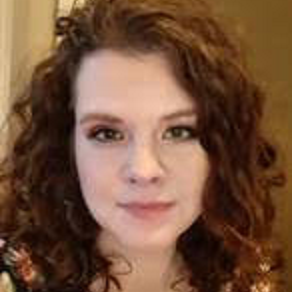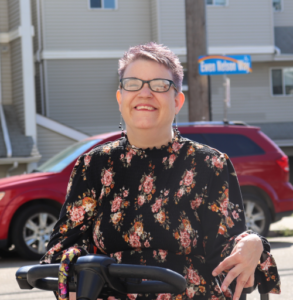AISH Financial criteria
AISH looks at the income and assets you and your spouse or partner have. You can work and be eligible for AISH – clients are encouraged to work to the extent they are able. When you apply for, or get AISH, you and your spouse or partner must:
apply for all other income you may be eligible for, such as Canada Pension Plan Disability (CPP-D), employment insurance (EI) or Workers’ Compensation Board (WCB) benefits.
not have income or assets that are higher than the AISH program allows
Income
AISH typically considers income reported on your income tax form and your spouse or partner’s income tax form. AISH does not consider a dependent child’s income. How AISH treats income depends on:
- the type of income
- whether you are single or in a family with a spouse or partner and / or dependent children, and
- who receives the income
Some income is exempt – this means it is not counted and does not affect your AISH monthly living allowance. It includes things like:
- cash gifts
- income tax refunds
- registered disability savings plan (RDSP) payments
- registered retirement savings plan (RRSP) payments
Some income is non-exempt – this means it is counted at full value and subtracted dollar-for-dollar from your AISH monthly living allowance.
Some income is partially exempt – this means it is counted at part of its value and may affect your AISH monthly living allowance. These are examples of non-exempt and partially exempt incomes:
- employment income such as a wages paid by an employer, a training allowance or severance pay
- self-employment income such as business, farming or professional income
- passive business income such as interest, dividends, capital gains, trust and rental income
- pension income such as Canada Pension Plan Disability (CPP-D), employment insurance (EI) and Workers’ Compensation Board (WCB) benefits
- Before exemptions are applied, allowable income deductions are applied such as most Canada Revenue Agency (CRA) employment deductions like CPP and EI.
Assets
Assets are items of value like cash, investments, property and vehicles that you and your spouse or partner have.
Some assets as exempt – this means they are not-counted and include things like:
- a home or quarter section you live in
- a vehicle
- a second vehicle adapted for a disability
- clothing
- reasonable household items
- registered disability savings plans (RDSPs)
- a trust
Some assets are non-exempt – this means they are counted.
Non-exempt assets cannot be worth more than $100,000 when they are added together and may include:
- cash
- chequing or savings accounts
- tax-free savings accounts (TFSAs)
- registered retirement savings plans (RRSPs)
- cash inheritances
- a recreational property or home
- recreational vehicles
When you receive money that AISH does not consider income, you have 365 days to invest it in an exempt asset or it will be counted as a non-exempt asset. This money may include:
- an inheritance
- a gift
- funds from selling the main home or quarter section where you lived and that AISH already considered exempt
- funds from selling your main or adapted vehicle that AISH already considered exempt
- funds from an insurance pay-out to cover damages to, or loss of, your main home or vehicle that AISH already considered exempt
Find out more about how AISH treats assets in the Your Guide to AISH: https://open.alberta.ca/publications/9781460136607

 Become a Member
Become a Member login
login




